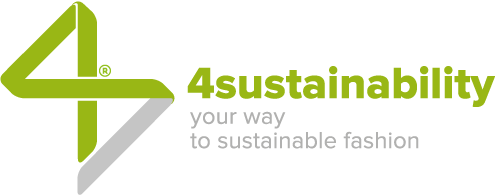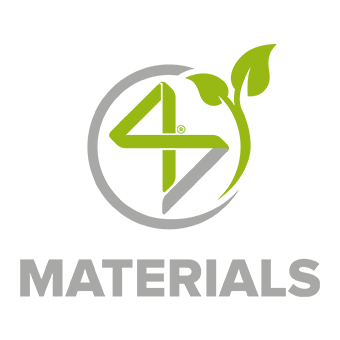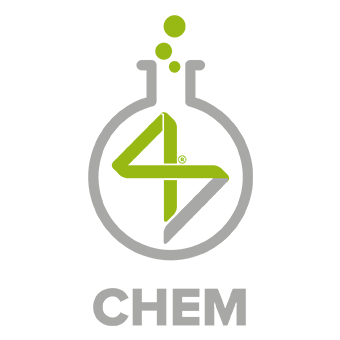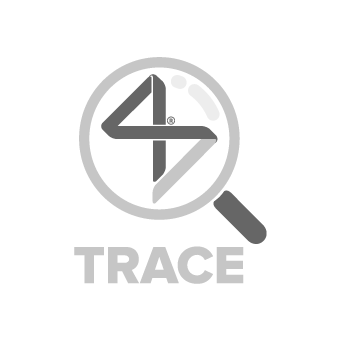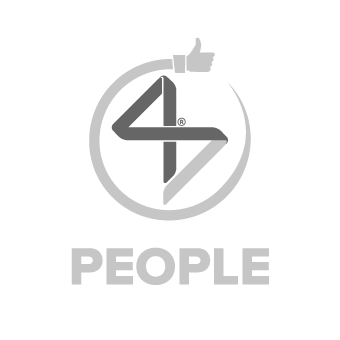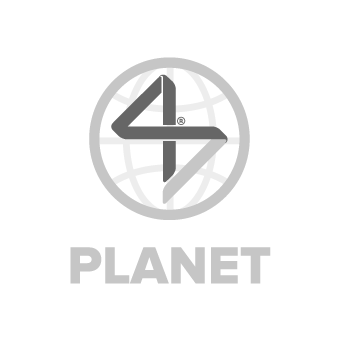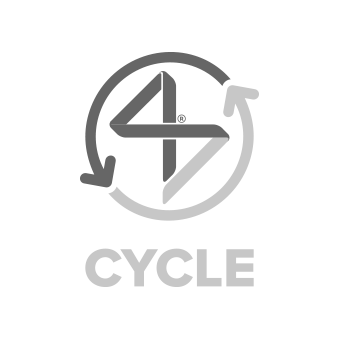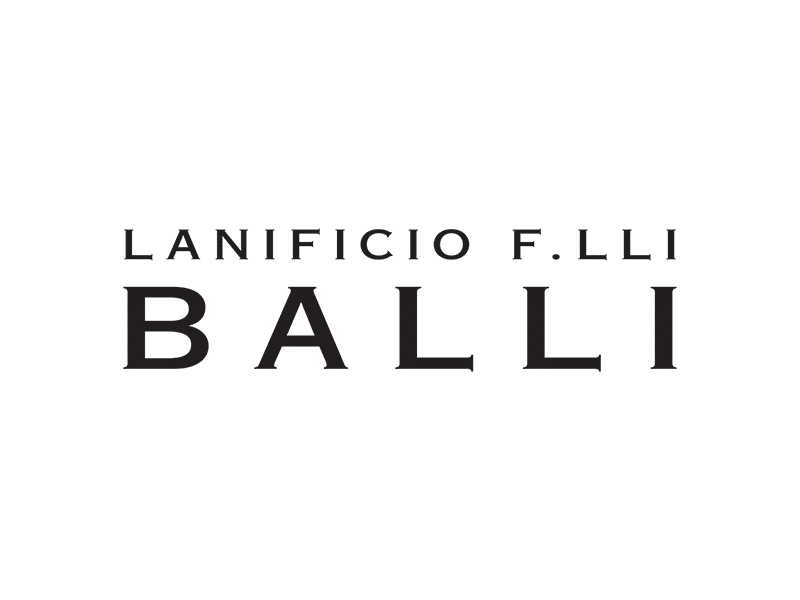
Lanificio Fratelli Balli SpaID Nr. 4S-100006e-report version 3.0
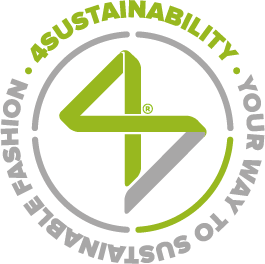
Synergy between tradition and innovation, research and excellence, quality and customer care: this is the philosophy that since 1948 the Lanificio Fratelli Balli s.p.a., also through the Rafanelli line, wants to communicate with its products. Thanks to our entirely vertical production cycle, we can guarantee a high level of control over our production processes, and give an excellent quality standard to our products such as plain and patterned fabrics, jacquard, knit and special finishes.
www.lanificioballi.it
4SUSTAINABILITY® COMMITMENT
Growth and sustainability are the factors for which we want to stand out, founding our strategy on the belief that ethical approach should characterize our business model. We firmly believe there cannot be a long-term economic development without a social and environmental development.
Inspired to and aligned with the Sustainable Development Goals set by the United Nations in the 2030 Agenda (SDGs), we’re committed to contributing to the generation of global positive change, assuming a clear environmental and social responsibility.
We do it concretely by joining the 4sustainability® roadmap, making the values and action programs it embodies our own, committing ourselves to starting a virtuous change journey in our business model, through one or more initiatives that we tell in this e-report.
this initiative contributes to the following UN Sustainable Development Goals
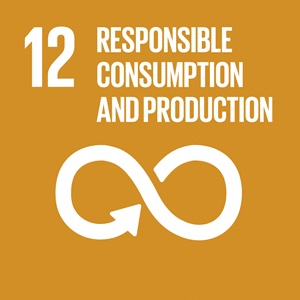
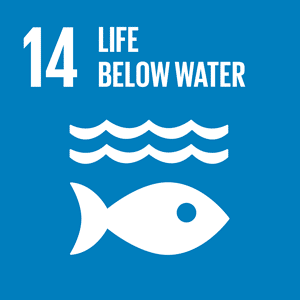
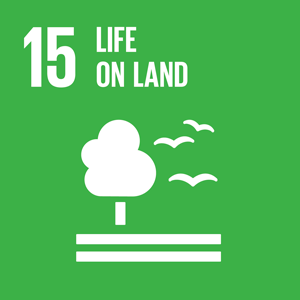
DATA REFERENCE PERIOD
from 01/02/2023 to 31/01/2024
LAST ISSUE DATE
06/05/2024
IMPLEMENTATION LEVEL
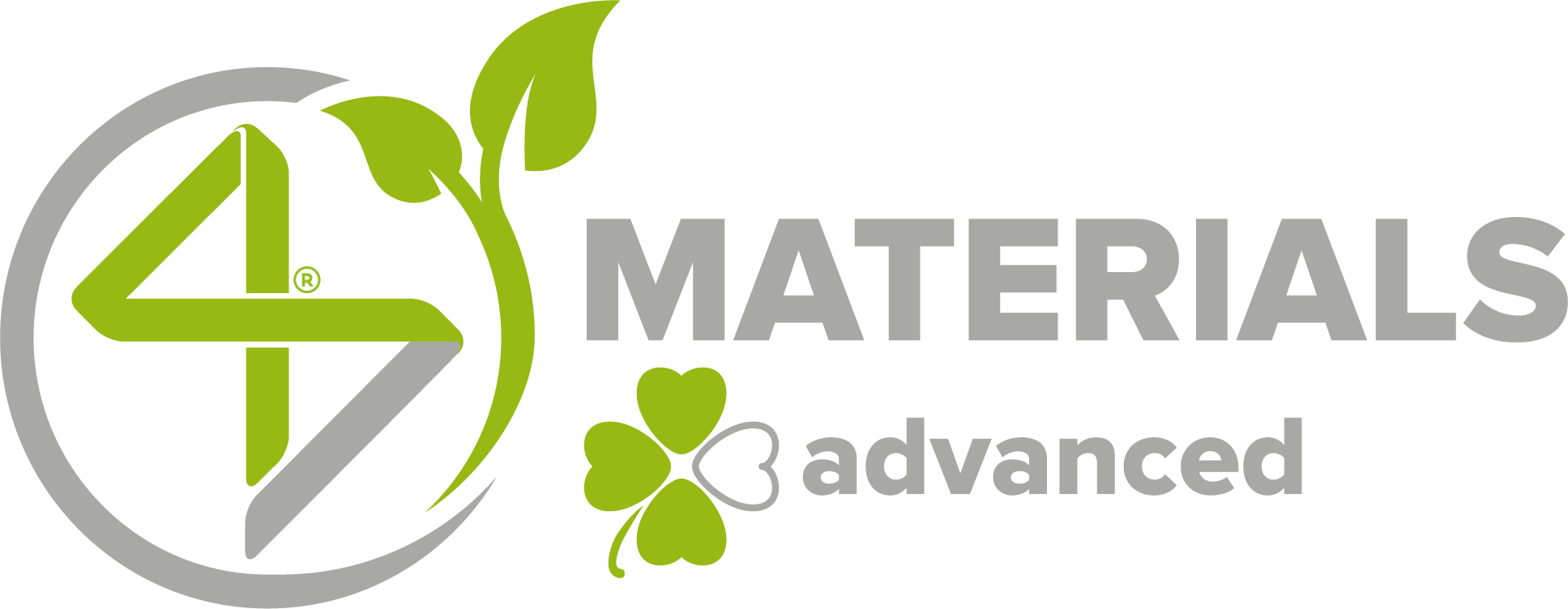
the implementation level is defined after the assurance process following the achievement of the protocol’s minimum requirements and is reviewed annually
The company has completed one or more certification processes, but the relating trademarks cannot be published yet.
32%
percentage of preferred materials sourced
INPUT
The input percentage indicates the proportion of raw materials with recognized sustainability attributes. The calculation is performed by mapping the purchases made during the year and highlighting the share-volume of the sustainable ones based on the positive attributes as defined in the 4s Materials Library.
SUSTAINABLE PACKAGING
The sustainable packaging indicates the amount of primary or secondary packaging material for which the producer employed techniques and input factors that lead to an improvement in environmental performance.
0%
percentage of incoming sustainable packaging
100%
Percentage of processes included in certified production
INPUT
The input percentage indicates the processes included (and therefore usable) in the certified productions compared to the total processes that the company carries out internally. It is the detail of the processes listed in their Scope Certificate.
INPUT
The input percentage indicates the proportion of chemical products that are approved by sustainability standards. The calculation is performed by mapping the chemical inventory during the year and highlighting the number of chemical products compliant with the sustainability requirements of 4sustainability Materials protocol.
50%
percentage of incoming chemical products by sustainability standards
16%
the percentage indicates the detail of the kg or meters processed internally by the company compared to the total internal production
elimination of toxic and harmful chemicals from production cycles in line with the ZDHC Roadmap to Zero Programme
this initiative contributes to the following main UN Sustainable Development Goals
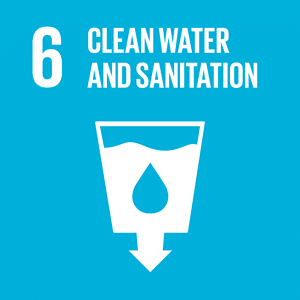
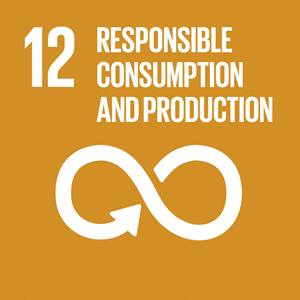

LAST REPORT ABSTRACT
download the report abstract with the main KPIs collected during the last on site assurance performed; if present, the abstract also includes the ZDHC Foundational or Progressive Level Certificate
IMPLEMENTATION LEVEL
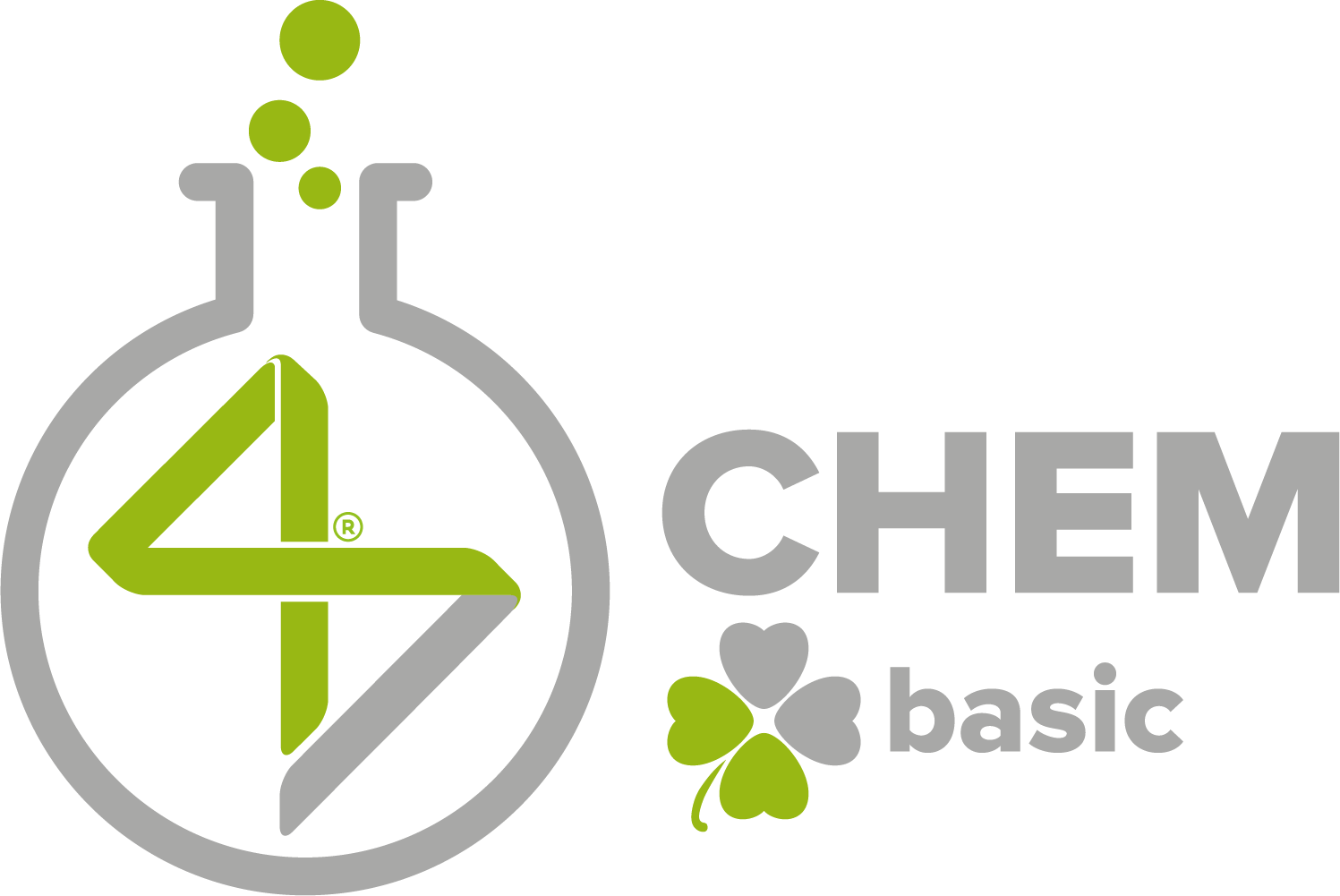
the implementation level is defined after the assurance process following the achievement of the protocol’s minimum requirements and is reviewed annually
The company has adopted the ZDHC MRSL for eliminating toxic and harmful chemicals from its processes and the 4S PRSL for raw material control. It has also implemented all the ZDHC CMS TIG requirements on internal and external processes.
CHEMICAL MANAGEMENT SYSTEM SCORE
51%
the percentage indicates the overall level reached through the implementation of 4s CHEM protocol requirements
ASSURANCE PROTOCOL
PRODUCTION VOLUMECOVERED BY MONITORED CHEMICAL INVENTORIES
78%
percentage of internal and external production volumes monitored through chemical inventory assessments
INTERNAL CHEMICAL INVENTORY EVALUATION
WASTEWATER TESTING
ZDHC MRSL parameters following ZDHC Waste Waters Guidelines
wastewater compliance percentage; when in presence of “doesn’t meet requirements” slice, a Root Cause Analysis (RCA) has been performed and uploaded in ZDHC Gateway Waste Waters Module
PRODUCTION VOLUMECOVERED BY WASTEWATER TESTING
78%
percentage of internal and external production volumes whose wastewater has been tested following ZDHC Waste Waters Guidelines
